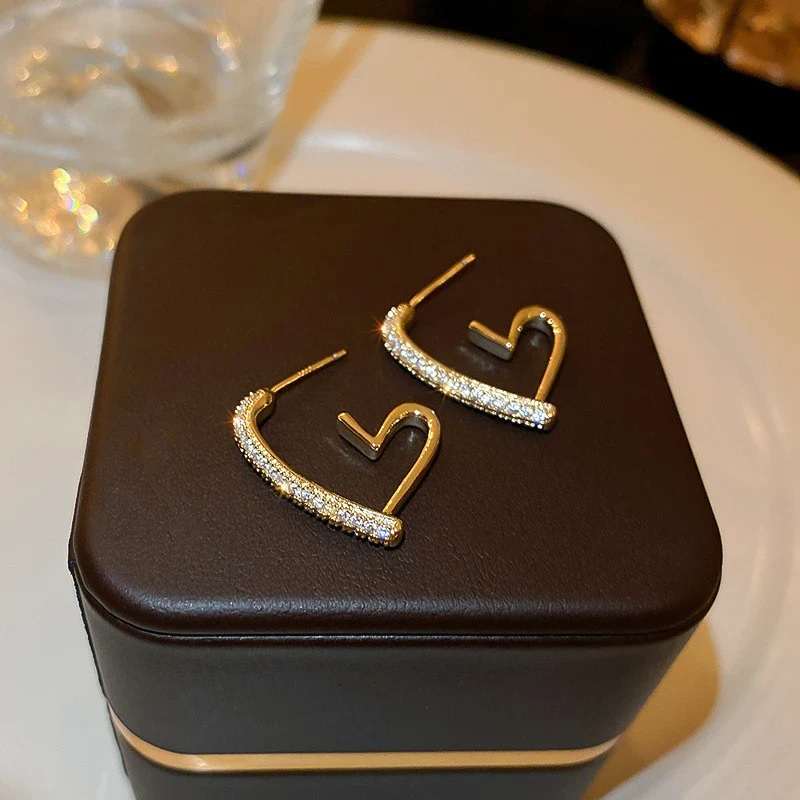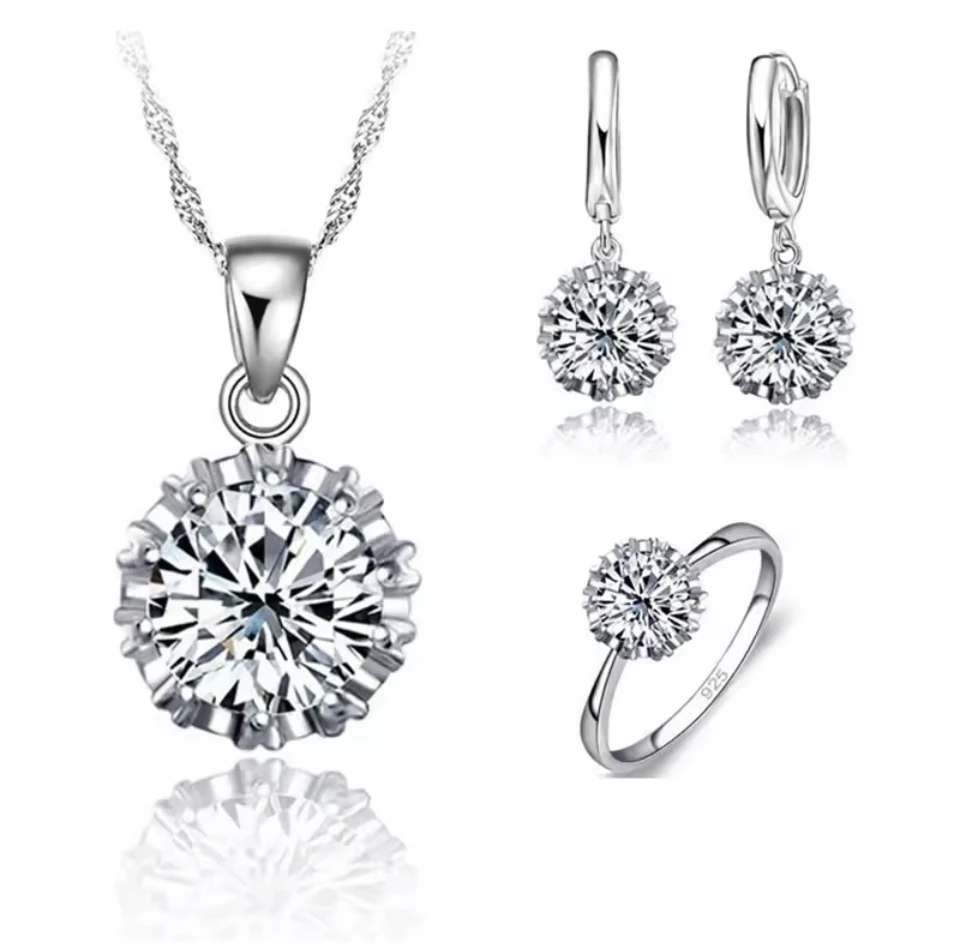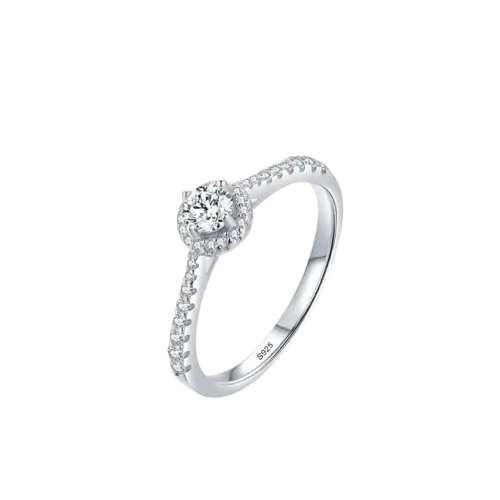Your cart is currently empty!

Choosing Between Tungsten and Stainless Steel Rings: A Buyer’s Guide
When it comes to men’s and women’s fashion jewelry—especially rings—two materials often compete for attention: tungsten and stainless steel. Both are durable, modern-looking, and budget-friendly, making them appealing choices for everything from wedding bands to everyday accessories. But how do you decide which metal is right for you?
In this comprehensive buyer’s guide, we’ll break down the key differences between tungsten and stainless steel rings—from durability and appearance to price and comfort—so you can make an informed decision.
1. What Is Tungsten?
Tungsten, often referred to in jewelry as tungsten carbide, is a hard, dense metal known for its extreme scratch resistance and weighty feel. It’s formed by combining tungsten with carbon to create one of the hardest materials used in jewelry today.
Key Characteristics:
- Extremely hard (9 on the Mohs scale)
- Scratch-resistant
- Heavy and substantial feel
- Typically has a gunmetal gray or black finish
- Hypoallergenic in most cases
2. What Is Stainless Steel?
Stainless steel is an alloy made from iron, carbon, and chromium. It’s valued for its strength, corrosion resistance, and shiny, silvery appearance. Stainless steel is widely used in watches, necklaces, bracelets, and rings.
Key Characteristics:
- Durable but more flexible than tungsten
- Lightweight
- Bright, silvery finish
- Affordable and widely available
- Hypoallergenic (usually surgical-grade types)
3. Durability & Strength
If you’re shopping for a ring that will stand the test of time, both materials offer strength—but in different ways.
Tungsten:
- Superior scratch resistance
- Extremely hard, but also brittle—can crack or shatter under extreme force
- Holds polish for a very long time
Stainless Steel:
- More impact-resistant—won’t crack like tungsten
- Can scratch more easily but is still quite durable
- Can be polished and refinished if scratched
Verdict:
- Choose tungsten for scratch resistance.
- Choose stainless steel for flexibility and resistance to cracking.
4. Appearance and Style Options
Both metals have a modern aesthetic, but their look and feel differ slightly.
Tungsten:
- Has a darker, more matte or brushed appearance
- Often used in men’s rings for its bold and industrial look
- Can be found in black, gray, or even gold-colored finishes
Stainless Steel:
- Offers a brighter, shinier finish
- More classic in appearance
- Easy to incorporate with other materials (e.g., wood or carbon fiber inlays)
Verdict:
- Choose tungsten for a bold, contemporary style.
- Choose stainless steel for a sleek, classic look.
5. Comfort and Weight
Comfort matters, especially if you’re wearing your ring daily.
Tungsten:
- Heavy and solid—many people appreciate the substantial feel
- Can feel colder on the skin due to density
Stainless Steel:
- Lighter and more comfortable for long-term wear
- Better for people who prefer not to feel their ring
Verdict:
- Choose stainless steel if you prefer a lightweight, everyday ring.
- Choose tungsten if you like the feel of a heavy, premium material.
6. Hypoallergenic Properties
If you have sensitive skin, this section is crucial.
Tungsten:
- Usually hypoallergenic if cobalt-free
- Cheaper tungsten rings made with cobalt can cause skin irritation
Stainless Steel:
- Surgical-grade stainless steel is generally hypoallergenic
- Lower-grade stainless may cause reactions in very sensitive users
Verdict:
- Check for cobalt-free tungsten or surgical-grade stainless steel if allergies are a concern.
7. Price Comparison
Both materials are more affordable than precious metals like gold or platinum.
Tungsten:
- Slightly more expensive than stainless steel
- Generally ranges from $100–$300 depending on craftsmanship
Stainless Steel:
- Very affordable
- Typically costs $20–$100
Verdict:
- Choose stainless steel if you’re on a tighter budget.
- Choose tungsten if you want a premium feel without breaking the bank.
8. Resizing and Repairs
This is an often-overlooked factor when buying a ring.
Tungsten:
- Cannot be resized due to its hardness
- If your ring size changes, you’ll need a replacement
Stainless Steel:
- Difficult to resize, but not impossible
- More options for minor repairs or adjustments
Verdict:
- Choose stainless steel if you’re concerned about long-term fit.
9. Environmental and Ethical Considerations
If sustainability matters to you, consider the sourcing and recyclability of each metal.
Tungsten:
- Often mined; production can have environmental impacts
- Less commonly recycled
Stainless Steel:
- Widely recyclable
- More eco-friendly production and sourcing options
Verdict:
- Choose stainless steel for a greener jewelry option.
Final Thoughts: Which Ring Should You Choose?
When choosing between tungsten and stainless steel rings, it all comes down to your lifestyle, preferences, and priorities.
| Feature | Tungsten | Stainless Steel |
|---|---|---|
| Scratch Resistance | ✅ Excellent | Moderate |
| Shatter Resistance | ❌ Can Crack | ✅ Durable |
| Weight | Heavy | Light |
| Style | Modern/Dark | Classic/Shiny |
| Hypoallergenic | ✅ (Cobalt-free) | ✅ (Surgical-grade) |
| Price | Mid-range | Budget-friendly |
| Resizing | ❌ Not Resizable | ❌ Difficult |
| Eco-Friendly | ❌ Limited | ✅ Recyclable |
Recommendation:
- Choose Tungsten if you value scratch resistance, weight, and bold style.
- Choose Stainless Steel if you want lightweight comfort, affordability, and durability.
Whichever material you choose, both offer excellent value and style for the modern jewelry buyer. Before purchasing, always verify the quality and composition of the ring—especially for hypoallergenic concerns.
 Store Locator
Store Locator Track your Order
Track your Order






